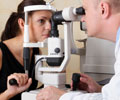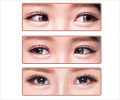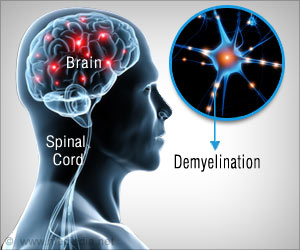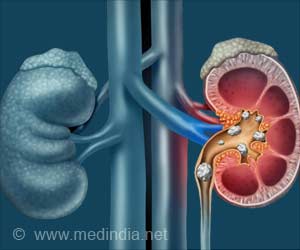
‘OCT could help monitor and detect the effects of myopia, which could make the system suitable for use in regular clinical practice.’
Read More..




"Our work uses the OCT and finds irregularities at this scale that correlate with the size of the eye, and therefore the degree of myopia," says eye specialist Dr Stewart Lake, from Flinders University.Read More..
"This may help monitor, measure, and explore the effects of myopia and how it leads to vision loss," he says, adding further development could make the system suitable for use in regular clinical practice.
Prior research elsewhere with MRI scanning has demonstrated large scale irregularities in the eyeball in highly myopic eyes.
OCT can sample the shape of the eye on a much smaller scale than MRI. The OCT testing will be far cheaper, is more readily available and repeatable as a test, researchers say in the article.
Myopia (short or near-sightedness) is for many an inconvenience requiring glasses or contact lens to correct. However, globally it is an epidemic and a major cause of vision loss and sometimes blindness.
Advertisement
Global estimates forecast up to 5 billion people will have myopia and 1 billion people could suffer with high myopia by 2050, placing a significant burden on health systems to manage and prevent myopia-related ocular complications and vision loss.
Advertisement
High myopia increases the risk of pathological ocular changes such as cataract, glaucoma, retinal detachment and myopic macular degeneration - all of which cause irreversible vision loss
Source-Eurekalert









